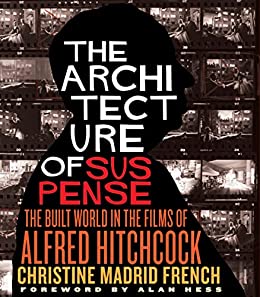2018 School Spending Survey Report
The Architecture of Suspense: The Built World in the Films of Alfred Hitchcock
COPY ISBN
VERDICT A truly engaging study that should appeal to fans of both Hitchcock and architecture.
RELATED
ALREADY A SUBSCRIBER? LOG IN
We are currently offering this content for free. Sign up now to activate your personal profile, where you can save articles for future viewing




Comment Policy:
Comment should not be empty !!!